Growing Artichokes at Home might seem like a challenge reserved for seasoned gardeners, but I’m here to tell you it’s totally achievable, even if you’re just starting out! Have you ever dreamt of strolling through your own backyard, plucking a plump, vibrant artichoke straight from the plant, and then transforming it into a culinary masterpiece? Well, dream no more! This guide is packed with easy-to-follow DIY tricks and hacks that will have you harvesting your own delicious artichokes in no time.
Artichokes, with their striking architectural form, have a rich history dating back to ancient times. The Romans considered them a delicacy, and they’ve been cultivated in the Mediterranean region for centuries. Beyond their culinary appeal, artichokes are packed with nutrients and antioxidants, making them a healthy and delicious addition to your diet.
Why should you bother with the DIY approach to growing artichokes at home? Simple! Store-bought artichokes can be expensive, and nothing beats the taste of freshly harvested produce. Plus, gardening is incredibly therapeutic! This guide will empower you to bypass the grocery store and enjoy the satisfaction of nurturing your own artichoke plants from seedling to harvest. I’ll share my favorite tips and tricks for success, covering everything from choosing the right variety to protecting your plants from pests. Let’s get started and unlock the secrets to a bountiful artichoke harvest!
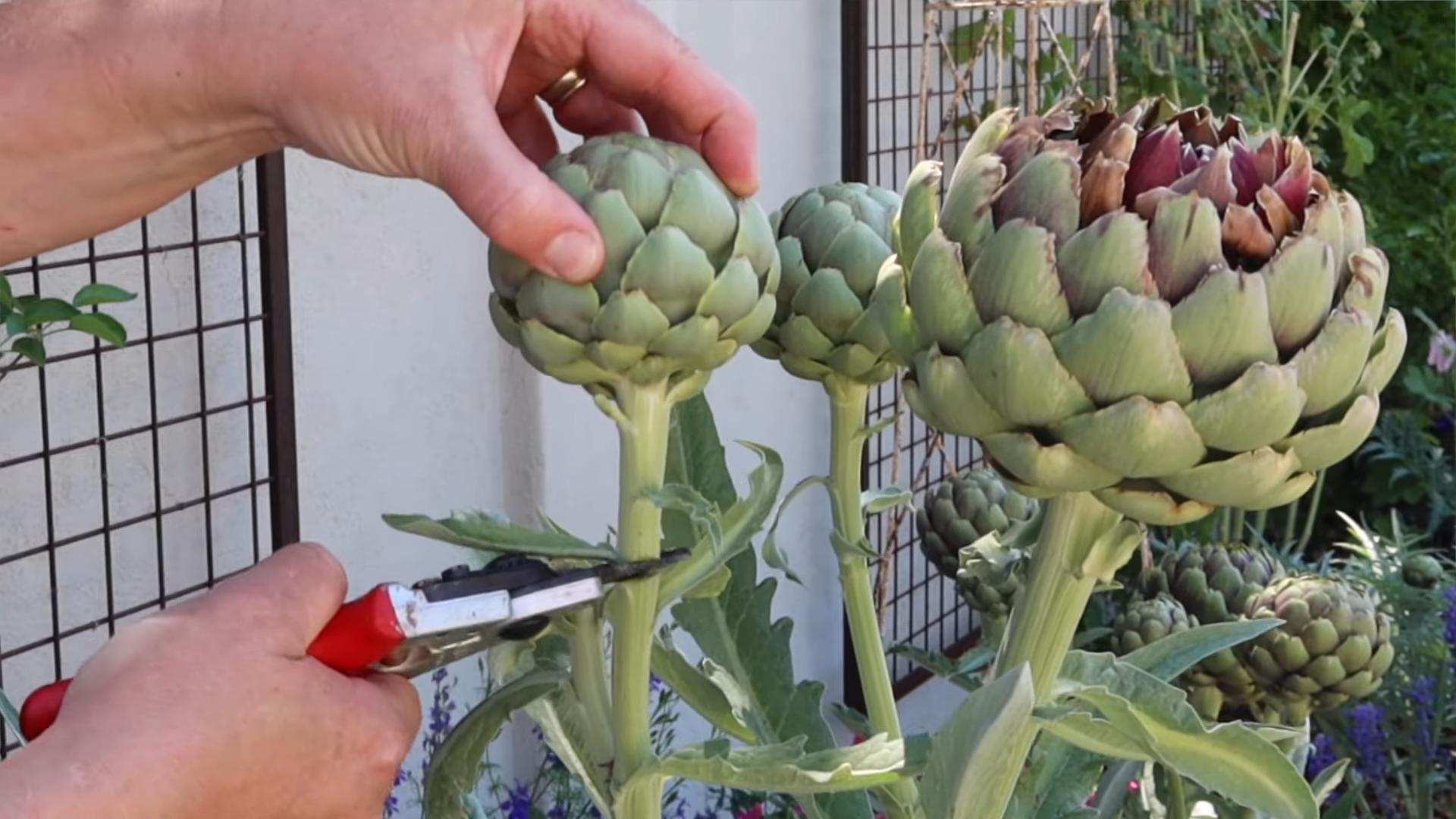
Growing Artichokes: A DIY Guide to Bountiful Blooms (and Delicious Hearts!)
Okay, artichoke lovers, gather ’round! I’m going to walk you through the surprisingly simple process of growing your own artichokes at home. Forget those pricey grocery store artichokes – imagine plucking these spiky beauties straight from your garden! It’s easier than you think, and the reward is absolutely worth it.
Choosing Your Artichoke Variety
Before we get our hands dirty, let’s talk artichoke varieties. Not all artichokes are created equal, and some are better suited for certain climates than others. Here are a few popular choices:
* Green Globe: This is the classic artichoke, known for its large, round, green heads. It’s a reliable producer and a great choice for beginners.
* Violetta: If you’re looking for something a little different, Violetta artichokes have beautiful purple-tinged heads. They’re also known for their tender hearts.
* Imperial Star: This variety is a good choice for cooler climates, as it matures relatively quickly.
* Big Heart: As the name suggests, this artichoke boasts a particularly large and meaty heart.
Consider your local climate and growing conditions when making your selection. Your local nursery can also offer great advice on what thrives in your area.
Getting Started: Seeds vs. Starts
You have two main options for starting your artichoke journey: seeds or starts (small, established plants).
* Seeds: Starting from seed is the more economical option, but it requires more patience. Artichokes started from seed may not produce in their first year.
* Starts: Buying starts gives you a head start (pun intended!). You’ll likely get a harvest in the first year, and the plants are generally more robust.
For this guide, I’m going to focus on growing from starts, as it’s the quicker and easier method for most home gardeners.
Preparing Your Garden Bed
Artichokes are hungry plants, so preparing your garden bed is crucial for success. They need plenty of sunlight and well-drained soil.
* Sunlight: Artichokes need at least 6-8 hours of direct sunlight per day. Choose a location in your garden that gets plenty of sun.
* Soil: Artichokes thrive in rich, well-drained soil. Amend your soil with plenty of compost or well-rotted manure before planting. This will provide the nutrients your artichokes need to grow strong.
* Drainage: Good drainage is essential. Artichokes don’t like to sit in soggy soil, which can lead to root rot. If your soil is heavy clay, consider adding sand or perlite to improve drainage.
* pH: Artichokes prefer a slightly acidic to neutral soil pH (around 6.0-7.0). You can test your soil pH with a simple soil testing kit.
Planting Your Artichoke Starts
Now for the fun part – planting!
1. Dig the Hole: Dig a hole that’s twice as wide and as deep as the root ball of your artichoke start.
2. Amend the Soil (Again!): Mix some compost or well-rotted manure into the soil you removed from the hole. This will give your artichoke a nutrient boost right from the start.
3. Plant the Start: Gently remove the artichoke start from its container, being careful not to damage the roots. Place the start in the hole, making sure the top of the root ball is level with the surrounding soil.
4. Backfill the Hole: Fill the hole with the amended soil, gently patting it down around the plant.
5. Water Thoroughly: Water the newly planted artichoke thoroughly to help settle the soil and encourage root growth.
Caring for Your Artichokes: The Nitty-Gritty
Once your artichokes are planted, they’ll need regular care to thrive.
* Watering: Artichokes need consistent moisture, especially during hot, dry weather. Water deeply whenever the top inch of soil feels dry to the touch. Avoid overwatering, as this can lead to root rot.
* Fertilizing: Artichokes are heavy feeders, so they’ll benefit from regular fertilization. Use a balanced fertilizer (e.g., 10-10-10) every few weeks during the growing season. You can also side-dress with compost or well-rotted manure.
* Mulching: Apply a layer of mulch around your artichoke plants to help retain moisture, suppress weeds, and regulate soil temperature. Organic mulches like straw, wood chips, or shredded leaves are excellent choices.
* Weeding: Keep the area around your artichoke plants free of weeds. Weeds compete with artichokes for nutrients and water.
* Pest Control: Artichokes can be susceptible to certain pests, such as aphids, snails, and slugs. Inspect your plants regularly for signs of infestation. You can control aphids with insecticidal soap or neem oil. Hand-pick snails and slugs or use slug bait.
* Pruning: After your artichoke plant has finished producing for the season, cut back the spent stalks to the ground. This will encourage new growth in the spring. You can also remove any dead or damaged leaves throughout the growing season.
Overwintering Artichokes
Artichokes are perennials in mild climates (zones 7-10), meaning they can live for several years. In colder climates, you’ll need to take steps to protect them from frost and freezing temperatures.
1. Cut Back the Plant: After the first frost, cut back the artichoke plant to about 6-8 inches above the ground.
2. Mulch Heavily: Apply a thick layer of mulch (at least 12 inches) around the base of the plant. This will help insulate the roots and protect them from freezing.
3. Cover the Plant: In very cold climates, you may also want to cover the plant with a burlap sack or other protective covering.
4. Remove Protection in Spring: In the spring, after the last frost, remove the mulch and covering to allow the plant to start growing again.
Harvesting Your Artichokes
The moment you’ve been waiting for! Harvesting your own artichokes is incredibly satisfying.
1. Timing is Key: Harvest artichokes when the buds are still tight and firm, but before the bracts (the outer leaves) start to open. The size of the artichoke will vary depending on the variety, but generally, you’ll want to harvest them when they’re about 3-4 inches in diameter.
2. Cut the Stem: Use a sharp knife to cut the artichoke stem about 2-3 inches below the base of the bud.
3. Enjoy! Prepare your freshly harvested artichokes and savor the delicious flavor.
Troubleshooting: Common Artichoke Problems
Even with the best care, you might encounter some problems along the way. Here are a few common issues and how to address them:
* Yellowing Leaves: Yellowing leaves can be a sign of overwatering, underwatering, or nutrient deficiency. Check the soil moisture and adjust your watering accordingly. Fertilize with a balanced fertilizer to address nutrient deficiencies.
* Aphids: Aphids are small, sap-sucking insects that can weaken artichoke plants. Control aphids with insecticidal soap or neem oil.
* Snails and Slugs: Snails and slugs can damage artichoke leaves and buds. Hand-pick them or use slug bait.
* Root Rot: Root rot is a fungal disease that can occur in poorly drained soil. Improve drainage by adding sand or perlite to the soil. Avoid overwatering.
* Lack of Production: If your artichoke plant isn’t producing any buds, it could be due to insufficient sunlight, poor soil, or lack of fertilization. Make sure your plant is getting enough sunlight and amend the soil with compost or well-rotted manure. Fertilize regularly with a balanced fertilizer.
Artichoke Recipes: From Garden to Table
Now that you’ve harvested your own artichokes, it’s time to enjoy them! Here are a few of my favorite artichoke recipes:
* Steamed Artichokes: This is the classic way to prepare artichokes. Simply steam them until the bracts are tender and easily pulled off. Serve with melted butter or your favorite dipping sauce.
* Grilled Artichokes: Grilling artichokes gives them a smoky flavor that’s absolutely delicious. Cut the artichokes in half, brush them with olive oil, and grill them until tender.
* Artichoke Dip: This creamy, cheesy dip is always a crowd-pleaser. Combine cooked artichoke hearts with cream cheese, mayonnaise, Parmesan cheese, and garlic. Bake until bubbly and golden brown.
* Artichoke and Spinach Pizza: Top your homemade pizza with artichoke hearts, spinach, mozzarella cheese, and a
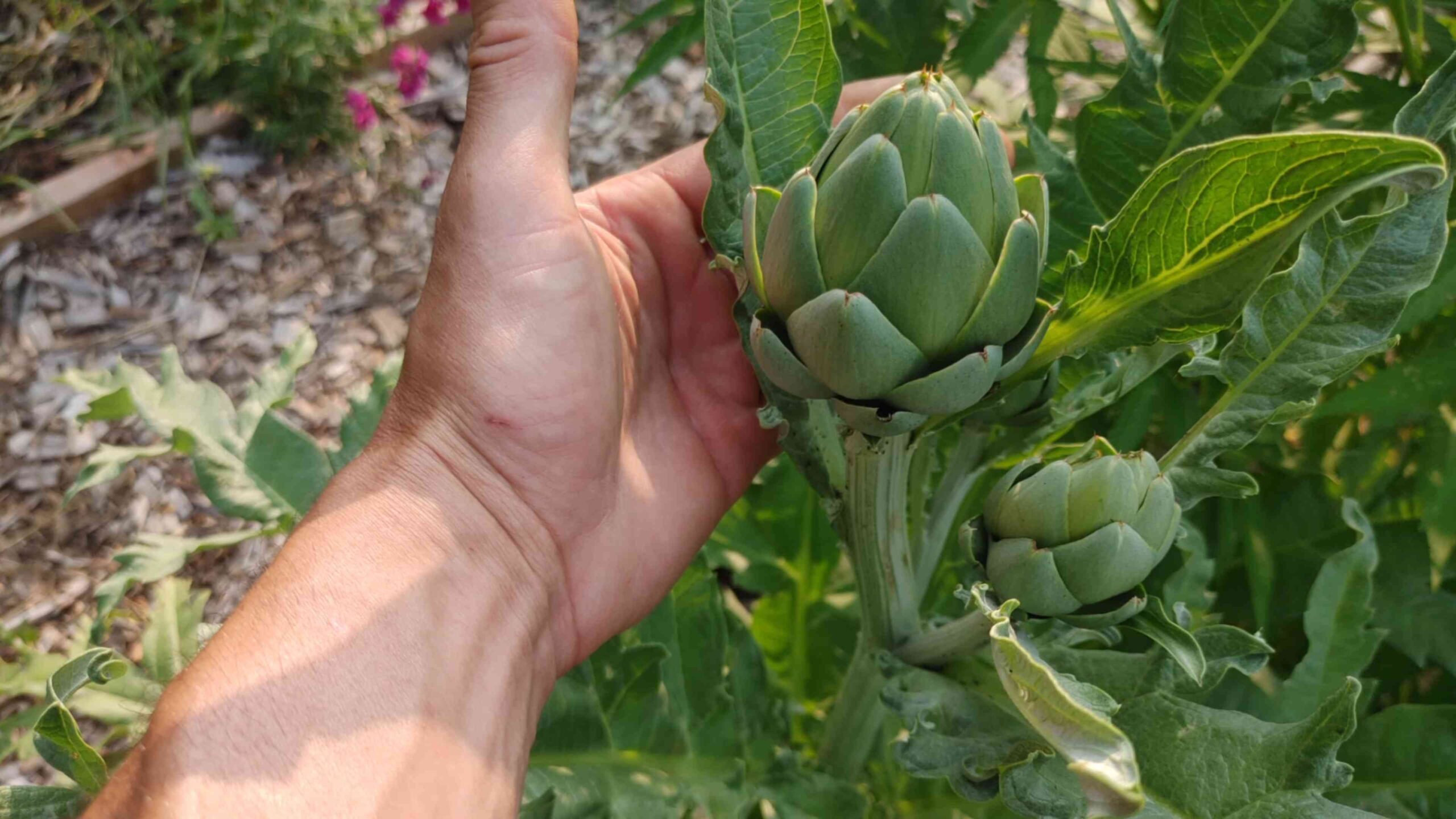
Conclusion
So, there you have it! Growing artichokes at home, while it might seem daunting at first, is an incredibly rewarding experience. From the initial planting to the eventual harvest of those magnificent, thistle-like buds, every step is a testament to your gardening prowess. We’ve walked you through the essentials, from selecting the right variety for your climate to providing the optimal soil conditions and pest control strategies. But why is this DIY trick a must-try?
Firstly, consider the unparalleled freshness. Store-bought artichokes, while convenient, simply can’t compare to the vibrant flavor and texture of those picked straight from your own garden. The difference is palpable, a true culinary delight that will elevate your artichoke-based dishes to a whole new level. Imagine serving a steamed artichoke, drizzled with lemon butter, knowing that you nurtured it from a tiny seedling to a culinary masterpiece.
Secondly, think about the cost savings. Artichokes can be quite expensive to purchase, especially if you enjoy them regularly. By growing your own, you’re making a smart investment that will pay off handsomely over time. Plus, you’ll have the satisfaction of knowing exactly where your food comes from and how it was grown, free from harmful pesticides and chemicals.
Thirdly, growing artichokes is a fantastic way to connect with nature and learn about the intricacies of plant life. It’s a therapeutic activity that can reduce stress and improve your overall well-being. There’s something truly magical about watching a plant grow and thrive under your care.
Now, let’s talk about variations and suggestions. While we’ve focused on the traditional green globe artichoke, don’t be afraid to experiment with other varieties. ‘Violetta’ artichokes offer a beautiful purple hue and a slightly sweeter flavor, while ‘Romanesco’ artichokes are known for their tender hearts and unique conical shape. You can also try growing artichokes in containers if you have limited space, just be sure to choose a large pot and provide adequate drainage.
Consider companion planting to further enhance your artichoke garden. Planting herbs like rosemary, thyme, and sage nearby can help deter pests and attract beneficial insects. Marigolds are also a great addition, adding a pop of color and further repelling unwanted visitors.
Finally, and perhaps most importantly, we encourage you to give this DIY trick a try. Don’t be intimidated by the perceived difficulty. With a little planning and effort, you can successfully grow artichokes at home and enjoy the fruits (or rather, the buds) of your labor. We are confident that you will find the process to be both enjoyable and rewarding.
Once you’ve harvested your first artichokes, we’d love to hear about your experience! Share your tips, tricks, and photos on social media using the hashtag #HomegrownArtichokes. Let’s create a community of artichoke enthusiasts and inspire others to embark on this gardening adventure. Remember, growing artichokes at home is not just about the food; it’s about the journey, the connection with nature, and the satisfaction of creating something beautiful and delicious with your own two hands. So, get out there, get your hands dirty, and start growing!
Frequently Asked Questions (FAQs)
What is the best time of year to plant artichokes?
The best time to plant artichokes depends on your climate. In regions with mild winters, you can plant artichokes in the fall for a spring harvest. In colder climates, it’s best to start artichokes indoors in late winter or early spring and transplant them outdoors after the last frost. This gives them a head start and allows them to establish themselves before the hot summer months. Remember that artichokes are perennials in warmer climates (zones 7-10) and will come back year after year, while in colder climates, they are often grown as annuals.
How much space do artichoke plants need?
Artichoke plants can grow quite large, so it’s important to give them plenty of space. Aim for at least 3 to 4 feet between plants and 4 to 6 feet between rows. This will allow them to spread out and receive adequate sunlight and air circulation. If you’re growing artichokes in containers, choose a large pot that is at least 24 inches in diameter.
What kind of soil do artichokes prefer?
Artichokes thrive in well-drained soil that is rich in organic matter. Amend your soil with compost or aged manure before planting to improve its fertility and drainage. Artichokes prefer a slightly acidic to neutral soil pH, ideally between 6.0 and 7.0. You can test your soil pH using a soil testing kit and adjust it accordingly.
How often should I water artichoke plants?
Artichokes need consistent moisture, especially during the growing season. Water deeply and regularly, especially during dry spells. Avoid overwatering, as this can lead to root rot. A good rule of thumb is to water when the top inch of soil feels dry to the touch. Mulching around the plants can help retain moisture and suppress weeds.
How do I fertilize artichoke plants?
Artichokes are heavy feeders and benefit from regular fertilization. Apply a balanced fertilizer, such as 10-10-10, every few weeks during the growing season. You can also side-dress the plants with compost or aged manure. Avoid over-fertilizing, as this can lead to excessive foliage growth at the expense of bud production.
How do I protect artichoke plants from pests and diseases?
Artichokes can be susceptible to pests such as aphids, snails, and artichoke plume moths. Regularly inspect your plants for signs of infestation and take action promptly. You can use insecticidal soap or neem oil to control aphids and handpick snails. To prevent artichoke plume moths, consider using row covers or Bacillus thuringiensis (Bt). Diseases such as powdery mildew and botrytis can also affect artichokes. Ensure good air circulation and avoid overhead watering to minimize the risk of these diseases.
When are artichokes ready to harvest?
Artichokes are typically ready to harvest in the spring or early summer. The buds should be firm and plump, with tightly closed scales. The size of the bud will vary depending on the variety, but generally, you should harvest them when they are about 3 to 4 inches in diameter. To harvest, cut the stem about 2 to 3 inches below the bud.
How do I store harvested artichokes?
Harvested artichokes can be stored in the refrigerator for up to a week. Wrap them loosely in plastic wrap or place them in a plastic bag to prevent them from drying out. You can also store them in a container of water, with the stems submerged.
Can I grow artichokes in containers?
Yes, you can grow artichokes in containers, but you’ll need to choose a large pot that is at least 24 inches in diameter. Use a well-draining potting mix and provide regular watering and fertilization. Container-grown artichokes may need to be moved indoors during the winter in colder climates.
My artichoke plant didn’t produce any buds. What could be the reason?
There are several reasons why your artichoke plant might not be producing buds. It could be due to insufficient sunlight, poor soil fertility, inadequate watering, or pest infestation. Make sure your plant is getting at least 6 hours of sunlight per day, fertilize it regularly, and water it deeply during dry spells. Also, check for pests and diseases and take action promptly. Another possibility is that the plant is still too young. Artichokes typically don’t produce buds until their second year.
Can I eat the entire artichoke?
While the entire artichoke is not edible, many parts are delicious. The heart, which is the fleshy base of the bud, is the most prized part. The inner leaves, or bracts, are also edible, but you’ll need to scrape off the fleshy part with your teeth. The outer leaves are generally too tough to eat. The choke, which is the fuzzy part in the center of the artichoke, is not edible and should be removed before cooking.
Are artichokes good for you?
Yes, artichokes are a healthy and nutritious vegetable. They are a good source of fiber, vitamins, and minerals, including vitamin C, vitamin K, folate, and magnesium. Artichokes also contain antioxidants that can help protect against cell damage. They are low in calories and fat, making them a great addition to a healthy diet.
How do I prepare artichokes for cooking?
To prepare artichokes for cooking, start by rinsing them under cold water. Then, use a sharp knife to cut off the top inch of the artichoke and trim the stem. Remove any tough outer leaves. Use kitchen shears to snip off the thorny tips of the remaining leaves. Finally, rub the cut surfaces with lemon juice to prevent discoloration.
What are some popular ways to cook artichokes?
There are many delicious ways to cook artichokes. Steaming is a popular method that preserves the artichoke’s natural flavor. You can also boil, grill, or bake artichokes. They can be served whole, stuffed, or quartered. Artichokes pair well with a variety of sauces, such as lemon butter, aioli, or vinaigrette.
Can I freeze artichokes?
Yes, you can freeze artichokes, but they need to be blanched first


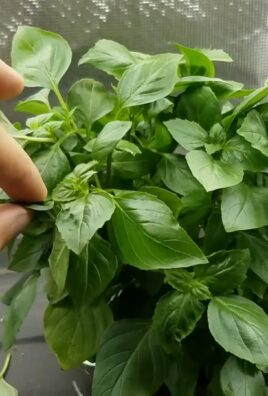
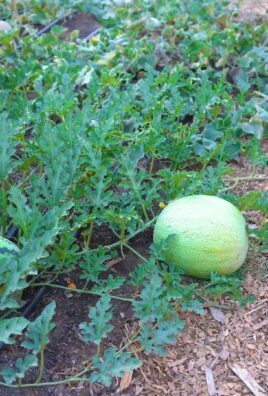
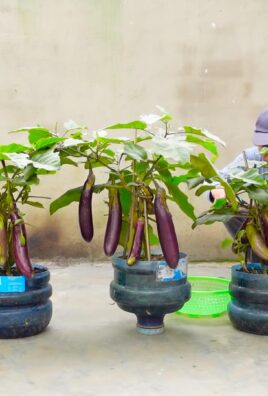
Leave a Comment